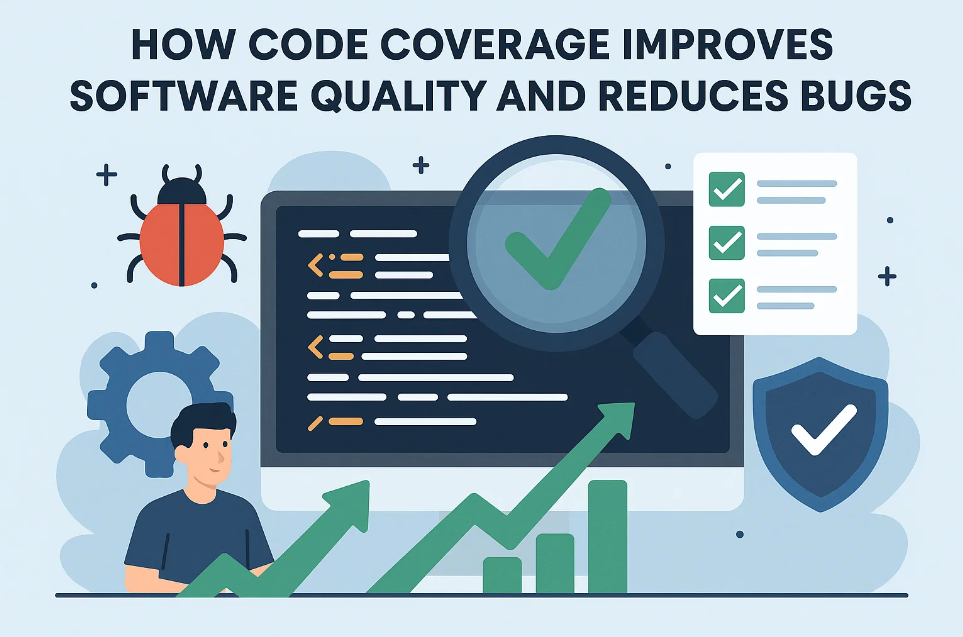Mumbai — India’s business and entertainment hub, and fashion capital — is also home to one of the country’s most vibrant centres of textile education. For that student with a creative bent and an affection for textiles, pattern-making, and design, a Diploma in Textile Design in Mumbai is not only a career move but a means of being part of an industry rich in tradition and innovation.
A Textile Designing Course not only teach one technical skills, but it also introduces one to international trends, practical exposure, and exposure to interaction with manufacturers, exporters, and designers. Mumbai, being a textile hub with markets, exhibitions, design houses, and manufacturing units, provides an edge to a student. All these would be well known to you in this guide, from eligibility criteria and the admission process in the leading colleges to the top college list, syllabus details, fees, and what the future holds for Textile Design diploma holders.
What Are the Academic Eligibility Criteria for Admission Into the Diploma in Textile Design in Mumbai?
Students must be eligible before applying, as it is institution-based.
Education Qualifications for the Textile Designing Course
- Most full-time diploma programs require 10+2 / HSC-qualified candidates from any stream, Science, Arts, or Commerce.
- A few part-time or evening diploma programs require 10th / SSC pass students, which is convenient for working professionals.
- For example, Sasmira’s Institute of Design and Textiles (SIDT) offers part-time Textile Design diplomas even to students who have passed 10th grade.
Minimum Marks and Age
- Minimum aggregate marks are normally 45–50%.
- Age limits are generally flexible, especially for part‑time studies, though it is advisable to communicate with the college.
Pre‑Requirements
- Prior art background or experience tips the balance in your favour at the time of choice.
- Most colleges require a core portfolio of your work demonstrating talent, sketching skills, and a basic understanding of design elements.
Step-by-Step Admission Process for a Textile Designing Course in Mumbai
Step 1: Research and Shortlist Colleges
Start by collecting information about colleges offering a Diploma in Textile Design in Mumbai. Utilise authentic websites such as Collegedekho, Shiksha, Careers360, CollegeDunia, and college websites. Shortlist based on your preferences: course mode (full-time/part-time), fees, reputation, faculty, and location.
Step 2: Entrance Tests (if applicable)
- Few colleges use design aptitude tests and portfolio screening.
- Some others are merit-based.
- For instance, SIDT give direct admission to its part-time Diploma programmes, avoiding the limitation of entry tests for meritorious students.
Step 3: Fill Application Forms
- Application forms may be submitted online or offline.
- Submit application documents, age proofs, photographs, and application fees before deadlines.
Step 4: Portfolio and Interview
- Colleges may request a portfolio of your sketches and designs.
- Personal interviews help to evaluate creativity, design sensitivity, and commitment.
Step 5: Fee Payment and Merit Lists
- Shortlisted candidates are informed through interview results or merit lists.
- Admission is confirmed by payment of the course fee within the specified time period.
Best Colleges offering a Diploma in Textile Design in Mumbai
Here is a detailed list of reputed institutions for a Textile Designing Course:
| College/Institute | Course Mode & Duration | Eligibility | Admission Basis | Approx. Fees |
| Sasmira’s Institute of Design and Textiles (SIDT) | Part‑time diploma (1 year), Part-Time Advance Training In Computer Aided Textile Designing ( 3-months) | 10th / SSC pass | Direct admission | ₹75,000 approx |
| Rachana Sansad | Part‑time diploma (2–3 years) | 10+2 | Merit / internal process | Moderate |
| Le Mark School of Art | Part‑time diploma | 10th / 12th | Merit / internal | Moderate |
| Panacea Institute of Fashion Technology | Full-time diploma | 10+2 | Merit / internal | — |
| CEPZ – Institute of Fashion Technology | Full-time/Part-time diploma | 10+2/10th | Merit | — |
| Adroit Institute of Applied Education | Full-time diploma | 10+2 | Merit | — |
What Do You Learn in a Diploma in Textile Design?
A diploma course provides you with theoretical concepts and practical skills:
Key Subjects in a Textile Designing Course
- Elements & Principles of Design: Colour theory, texture, harmony.
- Textile Materials: Classification of fibres, yarn properties.
- Weaving & Knitting: Loom arrangements, development of fabrics.
- Printing Techniques: Resist printing, block printing, screen printing, and digital printing.
- Dyeing Methods: Colour chemistry, sustainable dyeing.
- Textile Testing & Quality Control: Reading specifications and testing procedures.
- CAD for Textile Design: Computer-pattern cutting and simulation.
- Portfolio Development: Development of a professional portfolio of designs.
Specialised Topics
- Historical Indian fabrics.
- Sustainable textile processes.
- Consumer surveys and market research.
Practical Exposure
- Practice of design in workshops.
- Industrial visit to print units and textile mills.
- Guest lectures and seminars.
Course Fee Range for a Diploma in Textile Design
- Fees vary widely: ₹20,000 to ₹3,00,000+, depending on college and mode of study.
- SIDT’s part-time diploma is around ₹75,000 — a fair offer for quality textile design education in Mumbai.
Scholarships and Financial Aid
- Merit scholarships to deserving students.
- Government scholarships for reserved categories.
- Instalment payment schemes.
- Education loans to fund course fees.
Conclusion
Pursuing a Diploma in Textile Design in Mumbai opens the gateway to a technologically and creatively enriched career. The vibrant textile culture of Mumbai offers unrivalled exposure, networking, and industry interaction. By understanding eligibility, carefully selecting the college, and preparing your portfolio, you can ensure a smooth admission process and a strong foundation for your career. For the students seeking a trendy and practice-based diploma course, Sasmira’s Institute of Design and Textiles remains one of the top ones, finding a balance between conventional and modern design study.
FAQs
Is a diploma enough to build a successful career in textile design?
Yes. A diploma offers a focused curriculum that balances practical skills and theoretical knowledge. Graduates often work in textile manufacturing, apparel designing, interior textiles, or surface ornamentation. The portfolio created during the course can often be enough to secure entry-level roles or internships, after which further career advancement is possible.
Can I do this diploma after completing 10th grade?
Yes. Certain institutes, like SIDT, allow students to join their part-time diploma programs after passing 10th grade. This makes the Diploma in Textile Design accessible to those eager to start early, giving them the chance to gain industry exposure and build a professional portfolio at a young age.
Is Mumbai the best city for textile design studies?
Mumbai offers proximity to major textile markets, mills, printing units, and fashion houses. This ecosystem gives students real‑world exposure and networking opportunities. However, the best choice depends on your budget, course preference, and career goals.
What’s the difference between part-time and full-time diploma courses in textile design?
Full-time courses offer immersive learning with daily classes, workshops, and projects, often over a year or two. Part-time courses are more flexible, catering to working professionals or students who wish to study alongside work, with evening or weekend classes. Part-time courses may extend over a longer period but offer practical flexibility.
Can a diploma in textile design lead to freelancing opportunities?
Absolutely. Many textile design graduates work freelance, designing prints, creating patterns for brands, or offering consultancy. With a strong portfolio, networking, and knowledge of tools like CAD, freelancing offers creative independence and flexible income opportunities.



Leave a Reply